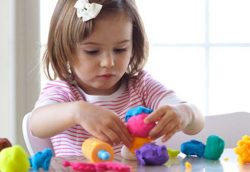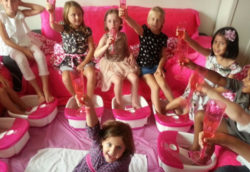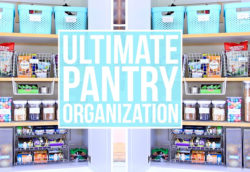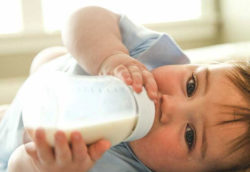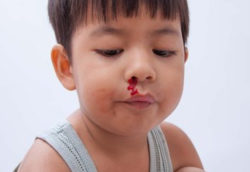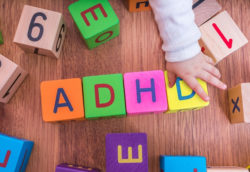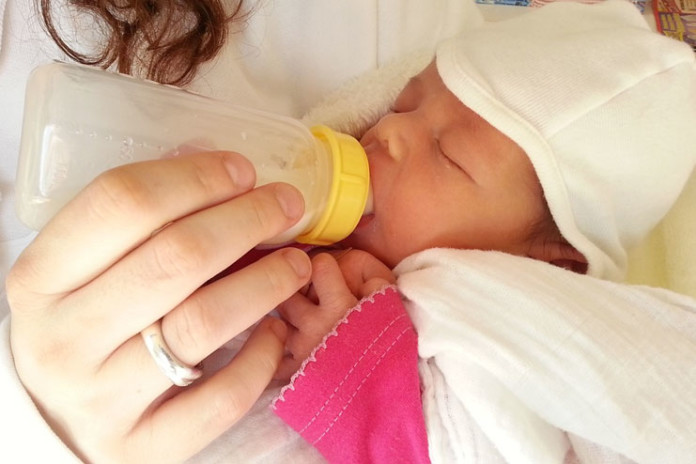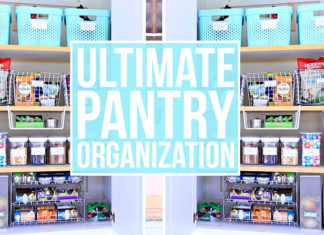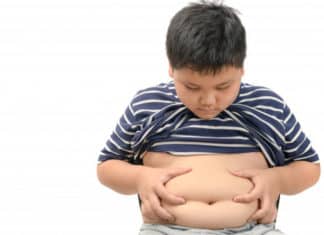Does it seem to be confusing for new parents about when to introduce solid food to their baby? What type of food is preferred for the baby? Here, you can find when your baby is ready to take solids and what kind of food is important to the baby.
Spoon feeding must be a hassle. Put it off as long as you can. Cereal in the bottle is quick, convenient, and makes the baby sleep longer and cry less.
The solid food to baby always helps to introduce the vital to establishing healthy eating habits and limiting the fussy eating in babies.
In this article, you will come to know when to introduce baby rice cereal in bottle and the health hazards of rice cereal in bottles for the baby.
Is It Safe To Put Rice Cereal In A Bottle:

Most of the pediatricians say this is not wise, but the dietitians and nutritionists concur it. As per them, introducing solid food before 4 months might cause food allergies. But in today’s date, cereal in the bottle has worked wonders for the children.
Earlier the babies were mostly breastfed during the early months. At that point in time, bottle feeding became very popular and rice cereal was put into the bottles at a very early age.
In the past, many peoples opted for rice cereals to induce to baby for a night of better sleep. But there is no technical proof for this point.
You should never put rice cereal (R) in your baby’s bottle as it creates a choking hazard, and it may not help them to sleep (R) well at night. If you do give your baby rice cereal, always feed it to them from a spoon rather than in a bottle.
When To Introduce Baby Rice Cereal In Bottles?
It’s hard to find out when your baby is ready for cereals and other solid foods. Do refer to the doctor in order to weigh in on exactly when to start solids as it varies from baby to baby.
But, in general, as per the American Academy of Pediatrics, it does not recommend introducing cereal and other solid foods until four to six months of age. Before that age, young infants need only breast milk or formula milk.
Once the infant is between 4 to 6 months of age, and if they start showing certain signs of readiness for solid foods, then you can put rice cereals in a bottle. Those signs include the ability to support their own head, good tongue thrust, and showing interest in the foods you’re eating.
When you feel your baby is ready, then you can then start feeding them rice cereal by mixing the cereal flakes with her breast milk or formula. At first, the infant will reject the food as they get some new taste and textures, but just relax and keep on trying after a few minutes. Once they get accounted with the taste, they will get to it.
How To Give Baby Rice Cereal In Bottles?

There are certain ways that can guide you in preparing the baby’s rice cereal in bottles. Such as-
- Do prepare your infant’s formula or expressed breast milk in a bottle as the way you do. You may mix the powder with water or simply warm the ready to feed formula or expressed breast milk to your baby.
- Next, add the rice cereal in bottles and the amount depends upon the situation. As per the American Academy of Family Physicians, it should be 2 to 3 tbsp for every 1 oz. of formula or expressed breast milk. It is better always to refer to your doctor and take advice on how much solid food should be given to your baby. Once you add the rice cereal in bottles, shake it well.
- As the formula or breast milk with rice cereal is thicker, you need to use nipples with a larger hole. This will help the infant to feed more easily. It is very necessary to use the nipple size is appropriate or not. If not then you can cut a small X over the hole in the nipple with a pair of sterilized scissors.
- After that, hold the baby upright while you feed them. After they consume about 1 or 2 oz, burp them. It always better to offer smaller feeding in more frequency. Don’t overfeed them.
- After feeding, keep the infant upright in the arms for approximately 30 minutes.
Health Hazards of Rice Cereals In Bottles For The Baby:

The American Academy of Pediatrics recommends breastfeeding until at least 6 months following which the solid foods are usually introduced to the baby. But there is a number of problems associated with giving baby cereals to newborn. They are as follows-
1. Tongue Trust Reflexes:
At this point of time, the newborn protects them from chocking with a tongue thrust reflex. The baby is not ready to chew as they don’t develop teeth until about 4 to 6 months. It is not that dangerous for the baby, but moreover, it doesn’t prevent the baby from taking baby cereals in a spoon.
2. Allergies:
A newborn’s immature intestines don’t allow potentially allergic food molecules into the baby’s system which may lead to life-long allergies to food. At this point of time in a baby, the intestines have not yet fully developed to handle food with cereals. So, they may be exposed to some kind of harmful substances and allergens.
3. Obesity:
This is one of the major health hazards of putting rice cereal in bottles which leads to obesity. The baby learns to self regulates the food intake by the volume of milk they consume which, as a result, makes them eat more calories in the same volume of food. This leads to overeating for the baby.
4. Digestive And Respiratory Problem:
At this point in time, the baby doesn’t have a strong digestive system to support solid food. Heidi Murkoff, author of the “What to Expect” book series, says “babies can develop pulmonary difficulties from inhaling small pieces of cereal into their lungs”. Exposing the rice cereals in bottles may lead to digestive and respiratory problems in a later phase of life.
5. Chocking Problem:
Rice Cereal has a thicker consistency in comparison to milk, so rice cereal in a bottle may cause a choking hazard in babies. Most pediatricians recommend that when you feed your infant cereal with her formula, then do mix cereal and formula together in a bowl and feed your baby with a spoon to avoid the possibility of choking.
Will Rice Cereal Help Baby To Sleep?

There is no connection between feeding rice cereals and sleeping of baby for a longer period of time. It is just a matter of time that you begin to try the cereal in the bottle trick.
This longer sleeping pattern is a natural progression as baby ages and it oftentimes coincides with the addition of cereal to the bottle. This coincidence perpetuates the dangerous myth that cereal in a bottle does help an infant sleep through the night.
Will Rice Cereal Help Baby Gain Weight?

As per AskDrSears.com, rice cereal consists of 75 percent carbohydrates and just 7 percent protein. This cereal consists of minerals, including calcium, along with B vitamins and iron. It’s recommended to combine a small amount of rice cereal with breast milk or formula in order to introduce solid food.
Rice cereal does not cause unnecessary or excessive weight gain. Instead, it transitions your baby to solid foods in a gradual and simple way. Just giving your baby the familiar taste of breast milk or formula with some added texture and nutrition gives the major benefits of rice cereals in bottles.
The pediatrician in some cases might encourage you to add rice cereal to bottles in order to help your baby gain weight. Babies who are diagnosed with gastroesophageal reflux, characterized by frequent vomiting beyond the average spit-up, might struggle to gain weight. In these cases, rice cereal in the bottle can be a helpful supplement to keep the baby’s weight gain on track.
Hope, this article has given a clear picture of how and when to introduce baby rice cereal in bottles. However, do refer or consult a doctor before you try to expose any kind of solid food to your baby.







